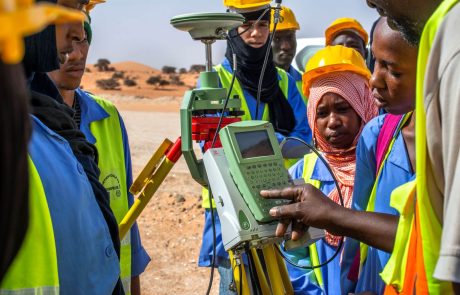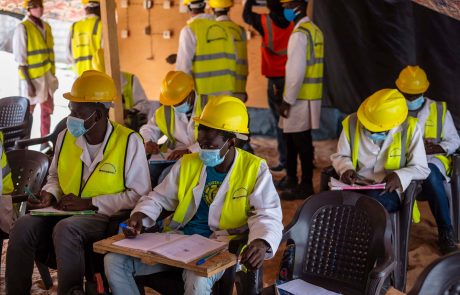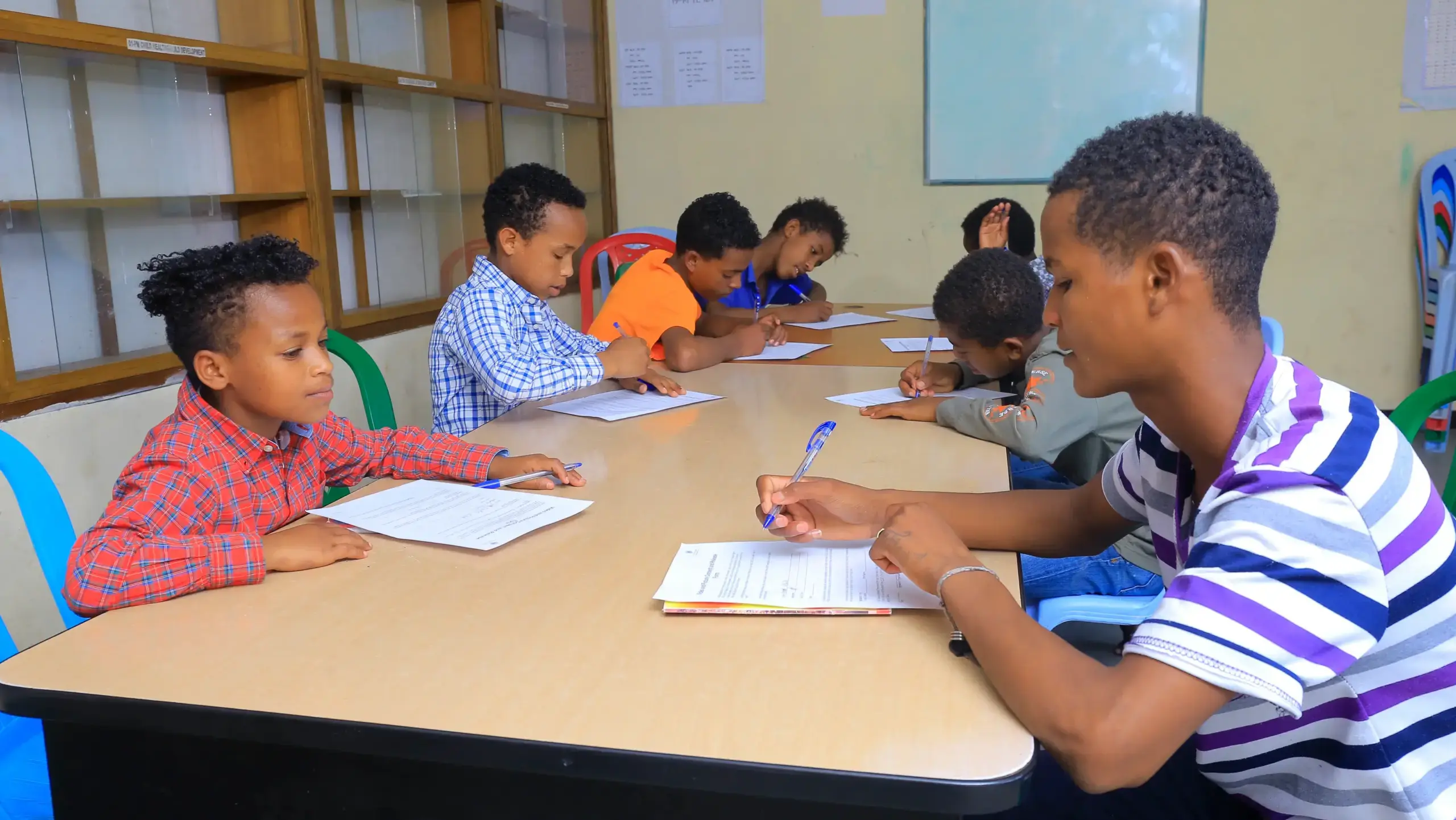The Promopeche project aims to create jobs and sustainable opportunities in the artisanal fishing sector in Mauritania.
The fishing sector in Mauritania is growing rapidly, as evidenced by the 50% increase in employment between 2002 and 2014. The geographical location of the country favors fishing, making it a sector that offers many opportunities in terms of employment and income, leading a large part of the population to settle on the coast. This is partly due to the climatic and environmental context of Mauritania, which is a dry and hot climate with very low rainfall, leaving little room for the development of other sectors of activity such as agriculture.
The Promopeche project targets young job seekers (men and women, graduates, and non-graduates) of learning or working age (16-35 years old) and migrants and potential migrants. More generally, the project aims to contribute to regional stability and better migration management by addressing the root causes of instability, forced displacement and irregular migration, increasing economic opportunities, equal opportunities, security, and development.
Initially, C4ED proposed and designed a counterfactual impact evaluation (CIE) relying on Difference-in-Difference (DiD) approach with Propensity Score Matching (PSM) to determine the impact of Promopêche. However, program changes resulted in a reduction in the number of expected beneficiaries to less than 100 youth. Consequently, the final methodological approach will consist of the comparison of trends of mean outcomes for beneficiaries and similar non-beneficiaries, with small-sample adjustment via PSM.
Understanding impact
Initially, C4ED proposed and designed a counterfactual impact evaluation (CIE) relying on Difference-in-Difference (DiD) approach with Propensity Score Matching (PSM) to determine the impact of Promopêche. However, program changes resulted in a reduction in the number of expected beneficiaries to less than 100 youth. Consequently, the final methodological approach will consist of the comparison of trends of mean outcomes for beneficiaries and similar non-beneficiaries, with small-sample adjustment via PSM.
Insight from this quantitative descriptive analysis will be further complemented by qualitative data through a mixed methods approach. The treatment group will involve youth selected by the project recruitment process. The control group will include those who applied to participate in the project but were not selected.
Baseline surveys will be conducted gradually as each new cohort is recruited, among both treatment and control groups. A midline survey will be organized for each cohort up to 10 months after intervention baseline. About 18 months after baseline, an endline survey will be conducted for each cohort among the same youth to assess key outcomes. Data from different cohorts will be merged for analysis. Qualitative data collection will also be undertaken to gain insight into the contextual mechanisms which drove the change observed in the descriptive analysis.
The quantitative analysis will track outcomes of beneficiaries over time and compare these to the outcomes of similar non-beneficiaries during the entire evaluation period to examine if beneficiaries and non-beneficiaries experience different patterns for several outcome variables. Design constraints from small sample size limit the study from detecting programme effects, therefore a mixed-methods approach will be used where insight from qualitative interviews will provide complementary contextual information for interpretation of the descriptive quantitative results.
Due to small sample size limiting statistical power, a mixed methods approach will be used, where insight from qualitative interviews will provide complementary contextual information for interpretation of descriptive quantitative results. The descriptive analysis will track outcomes of beneficiaries and similar non-beneficiaries during the evaluation period to examine if both groups experience similar patterns for key outcome variables.






